Dark chocolate tied to lower diabetes risk
The findings were based on the diets of about 192,000 US adults over 34 years
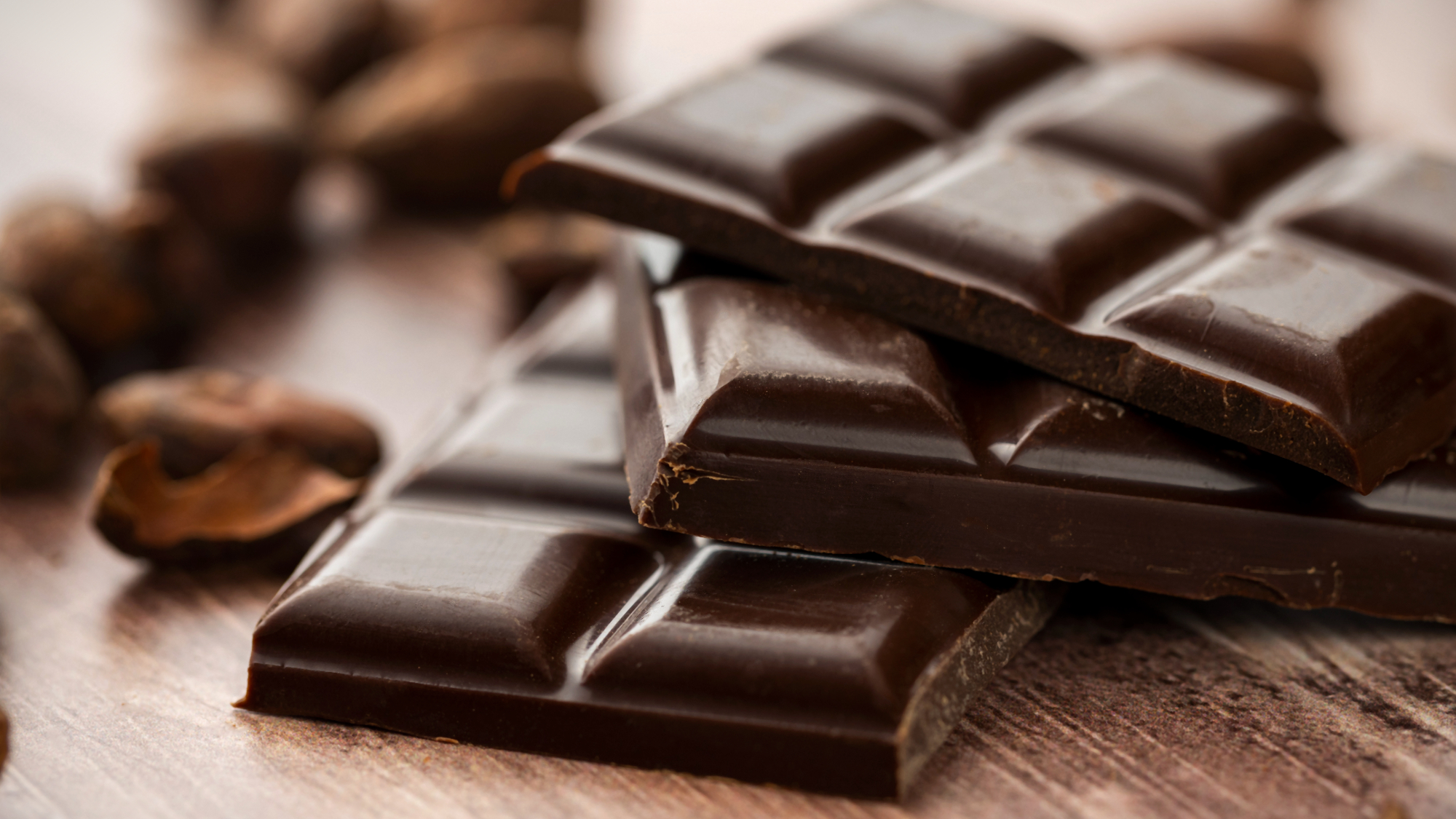

What happened
People who regularly eat dark chocolate have a significantly reduced risk of developing Type 2 diabetes, researchers reported Wednesday in the journal BMJ. The findings, based on the diets of about 192,000 U.S. adults over 34 years, found no diabetes protection from milk chocolate and a higher risk of weight gain.
Who said what
Study participants who ate at least five one-ounce servings of dark chocolate a week had a 21% lower risk of developing Type 2 diabetes — but "we can't say for certain that eating dark chocolate will lower your risk," said co-author Binkai Liu, at Harvard T.H. Chan School of Public Health. "We can say that eating it is associated with a lower risk."
Still, "at least three other large studies have found that eating chocolate is associated with a reduced likelihood of developing Type 2 diabetes," heart disease and high blood pressure, The Washington Post said. Liu's team posited that's because dark chocolate — unlike milk chocolate — contains more than 50% flavonoid-rich cocoa.
The Week
Escape your echo chamber. Get the facts behind the news, plus analysis from multiple perspectives.

Sign up for The Week's Free Newsletters
From our morning news briefing to a weekly Good News Newsletter, get the best of The Week delivered directly to your inbox.
From our morning news briefing to a weekly Good News Newsletter, get the best of The Week delivered directly to your inbox.
What next?
Dark chocolate may not be a "magic bullet" against diabetes, study lead investigator Qi Sun, also at Harvard, said to The New York Times. But the findings suggest a little bit, with 70% cocoa, can be part of a healthy diet.
A free daily email with the biggest news stories of the day – and the best features from TheWeek.com
Peter has worked as a news and culture writer and editor at The Week since the site's launch in 2008. He covers politics, world affairs, religion and cultural currents. His journalism career began as a copy editor at a financial newswire and has included editorial positions at The New York Times Magazine, Facts on File, and Oregon State University.
-
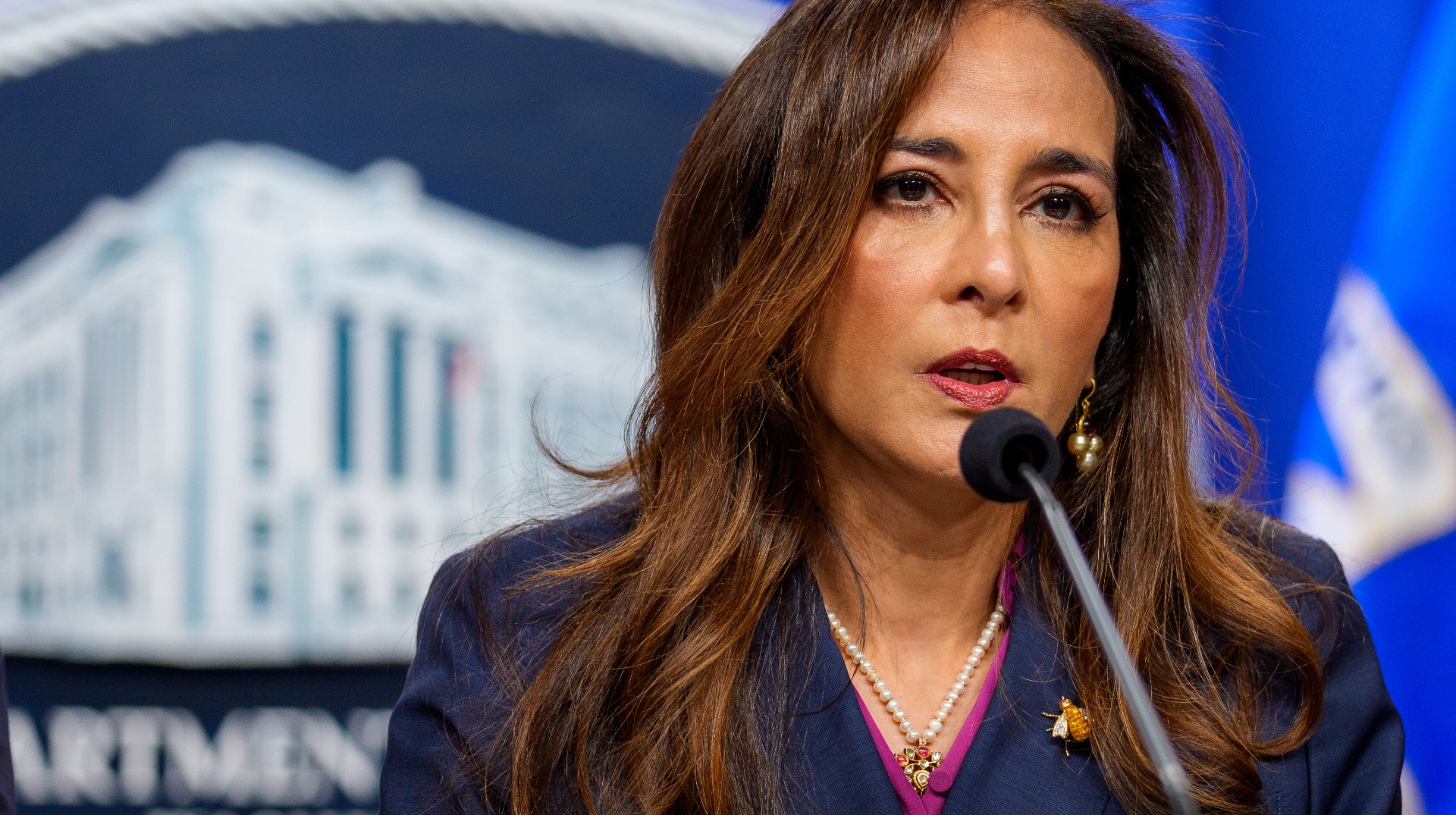 DOJ targets ‘disparate impact’ avenues of discrimination protections
DOJ targets ‘disparate impact’ avenues of discrimination protectionsIN THE SPOTLIGHT By focusing solely on ‘intentional discrimination,’ the Justice Department risks allowing more subtle forms of bias to proliferate
-
 ‘Consistency at the ballot box isn’t nearly as meaningful to many voters here’
‘Consistency at the ballot box isn’t nearly as meaningful to many voters here’Instant Opinion Opinion, comment and editorials of the day
-
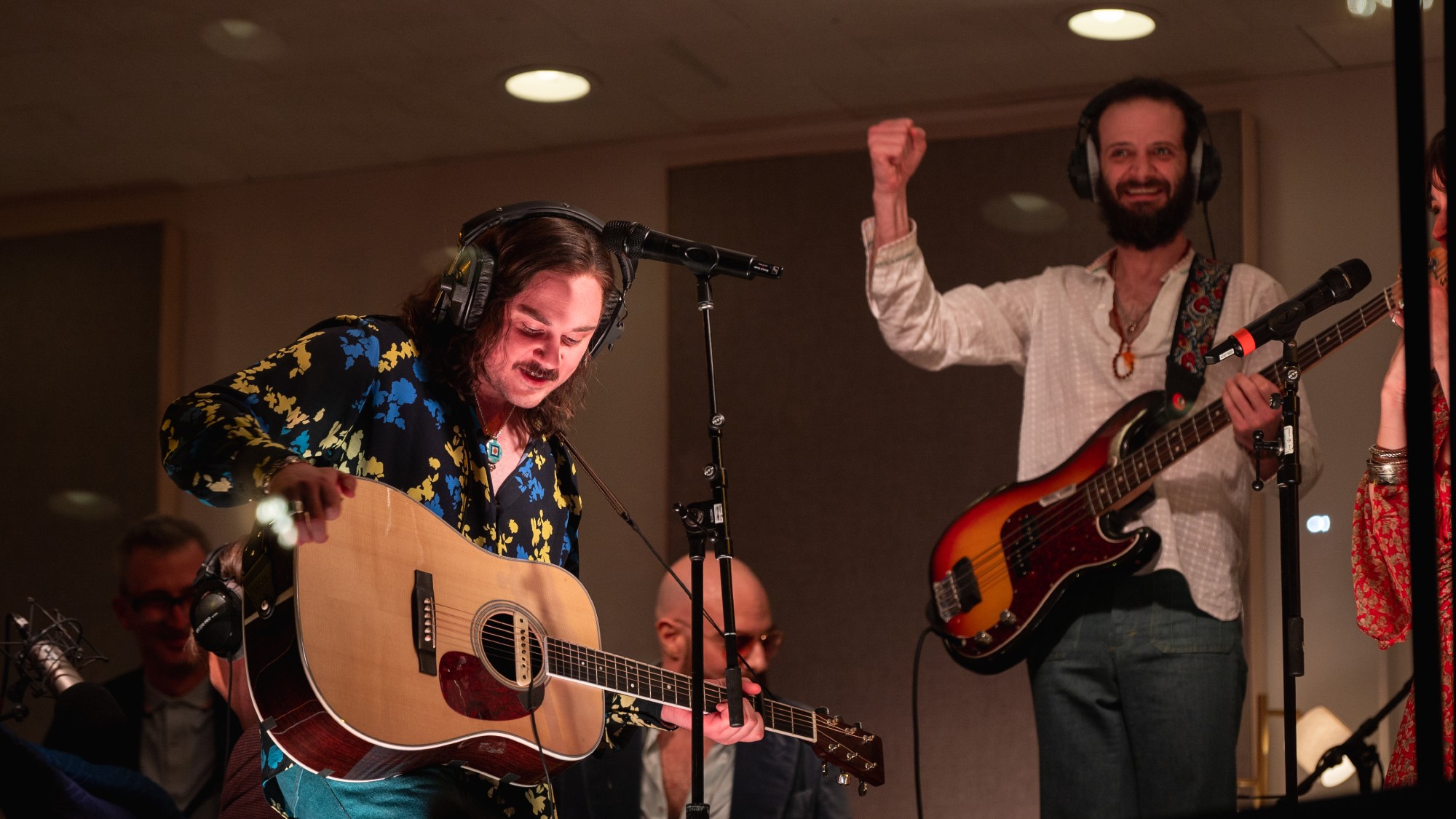 8 musicals to see this winter, all across the United States
8 musicals to see this winter, all across the United Statesthe week recommends New shows and reconsidered productions are on the move
-
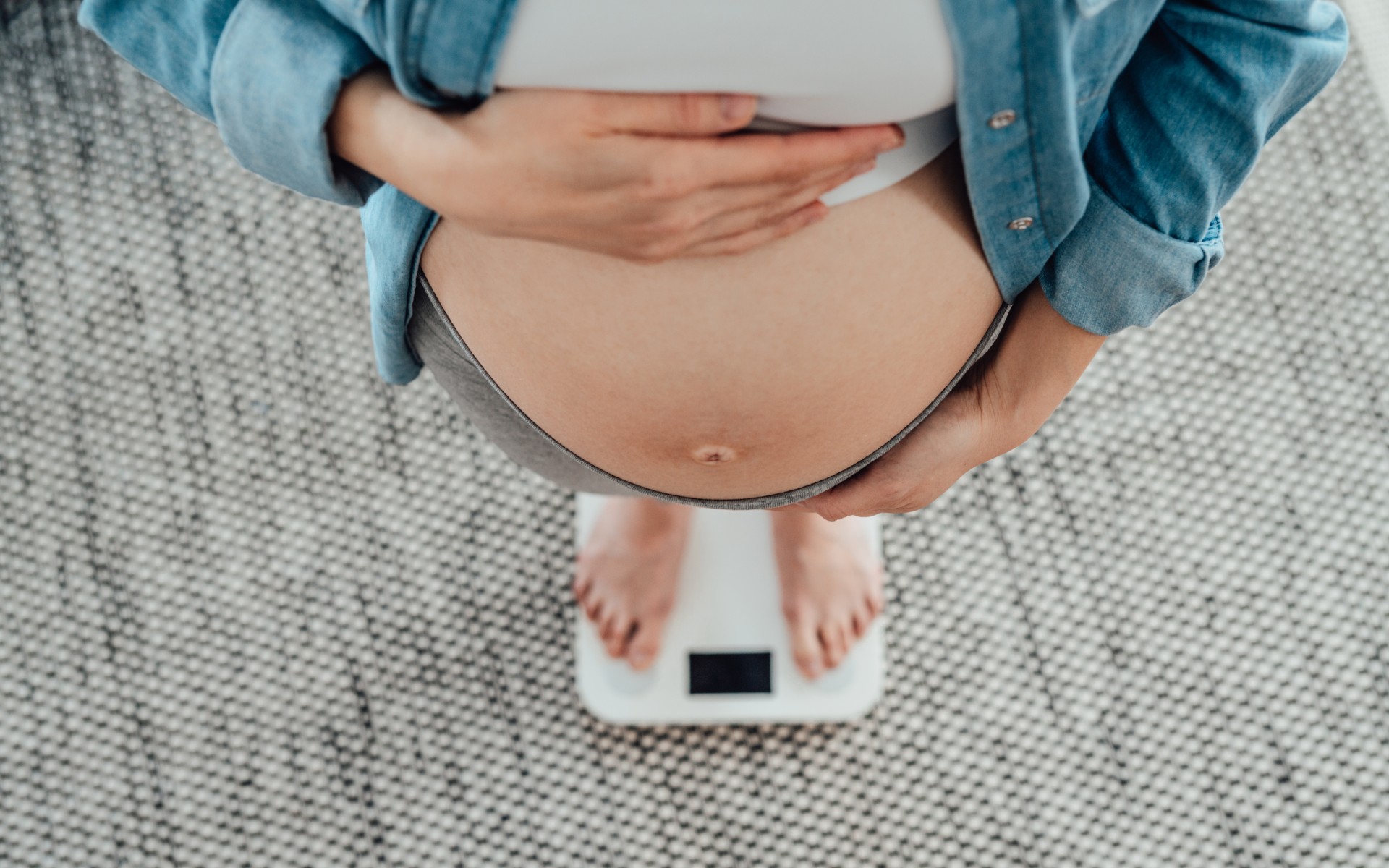 Stopping GLP-1s raises complicated questions for pregnancy
Stopping GLP-1s raises complicated questions for pregnancyThe Explainer Stopping the medication could be risky during pregnancy, but there is more to the story to be uncovered
-
 Choline: the ‘under-appreciated’ nutrient
Choline: the ‘under-appreciated’ nutrientThe Explainer Studies link choline levels to accelerated ageing, anxiety, memory function and more
-
 Ultra-processed America
Ultra-processed AmericaFeature Highly processed foods make up most of our diet. Is that so bad?
-
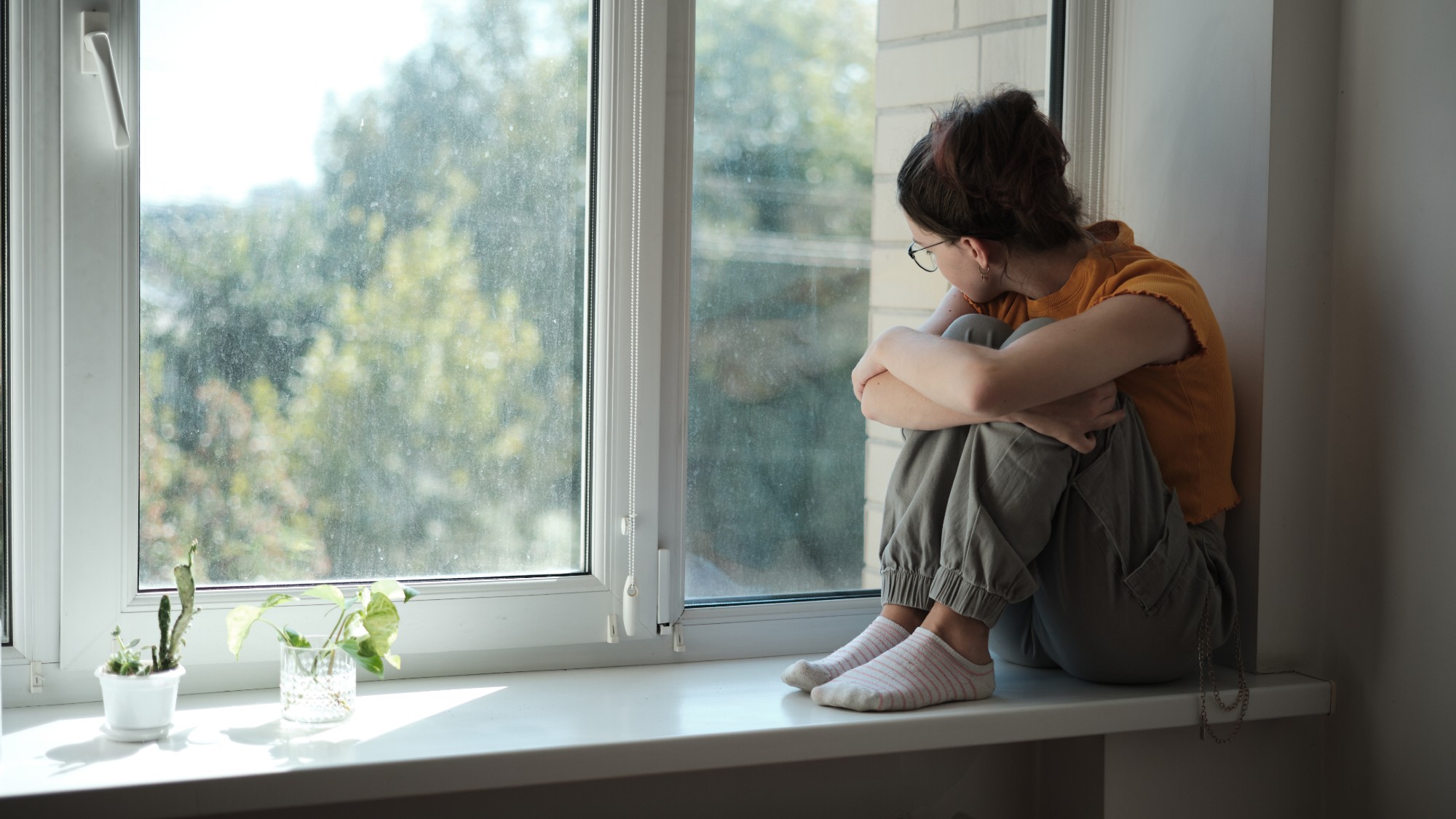 Tips for surviving loneliness during the holiday season — with or without people
Tips for surviving loneliness during the holiday season — with or without peoplethe week recommends Solitude is different from loneliness
-
 More women are using more testosterone despite limited research
More women are using more testosterone despite limited researchThe explainer There is no FDA-approved testosterone product for women
-
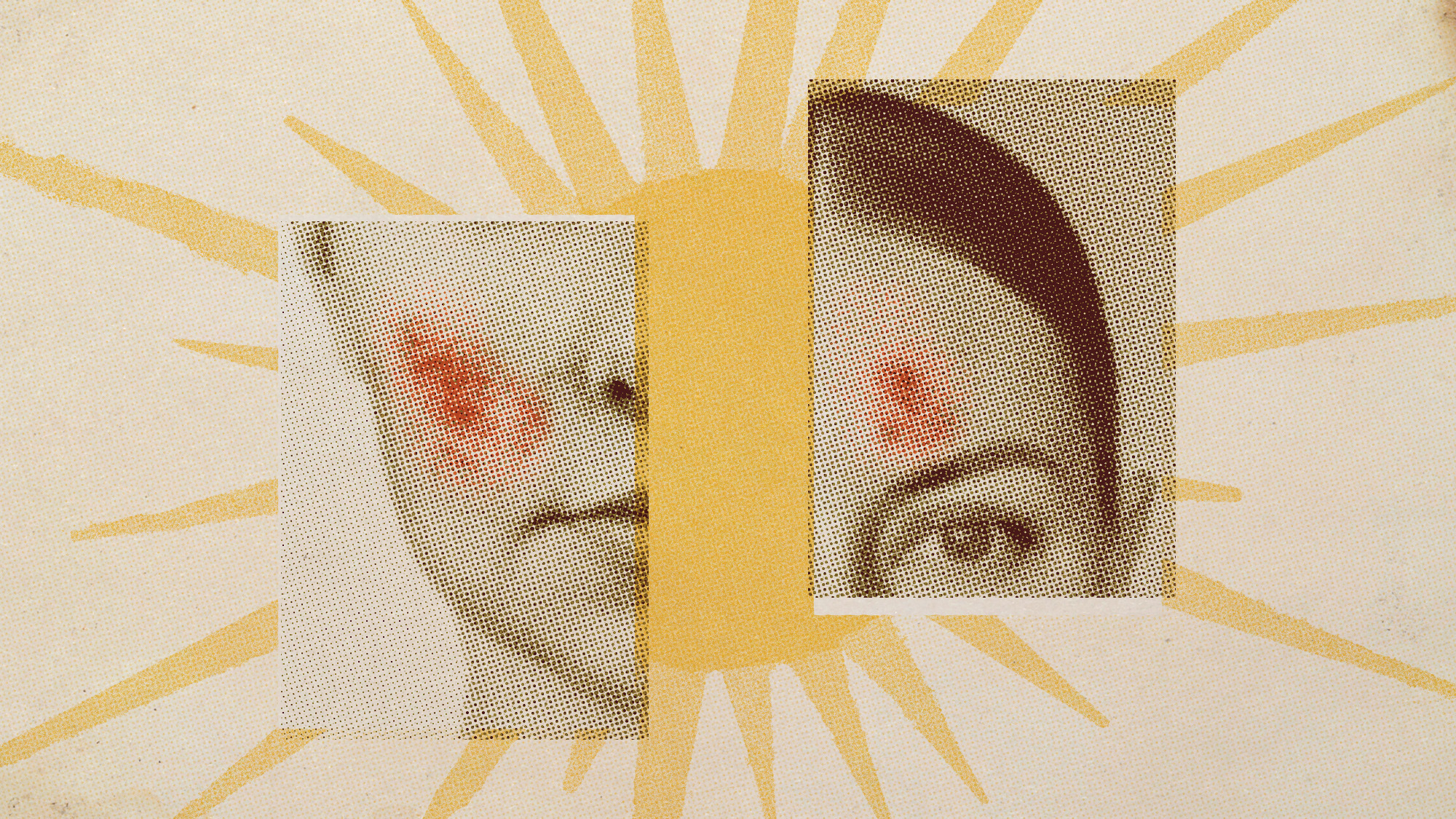 Climate change is getting under our skin
Climate change is getting under our skinUnder the radar Skin conditions are worsening because of warming temperatures
-
 Is this the end of ultraprocessed foods?
Is this the end of ultraprocessed foods?Today's Big Question California law and the MAHA movement are on the same track
-
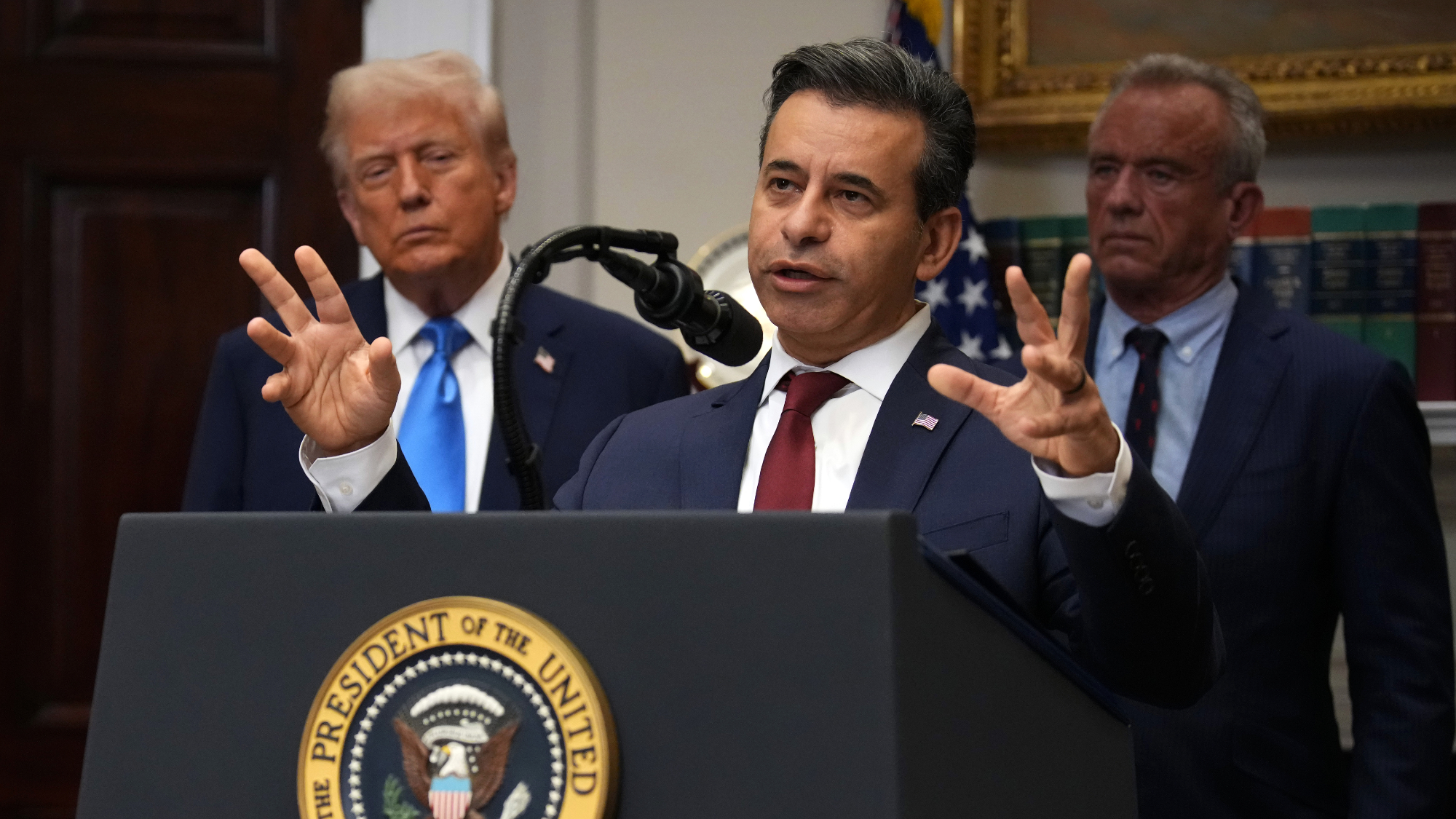 FDA OKs generic abortion pill, riling the right
FDA OKs generic abortion pill, riling the rightSpeed Read The drug in question is a generic version of mifepristone, used to carry out two-thirds of US abortions
